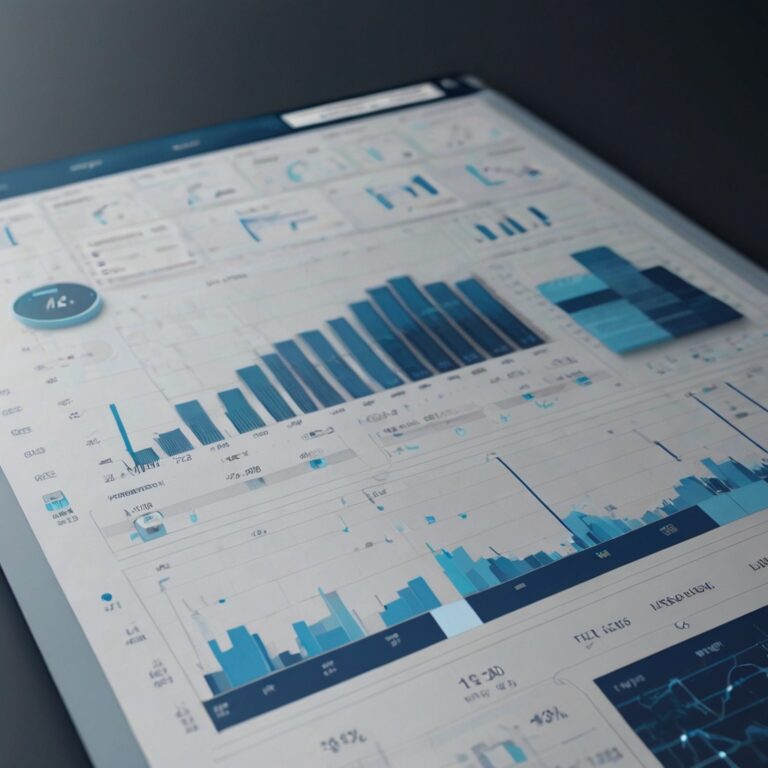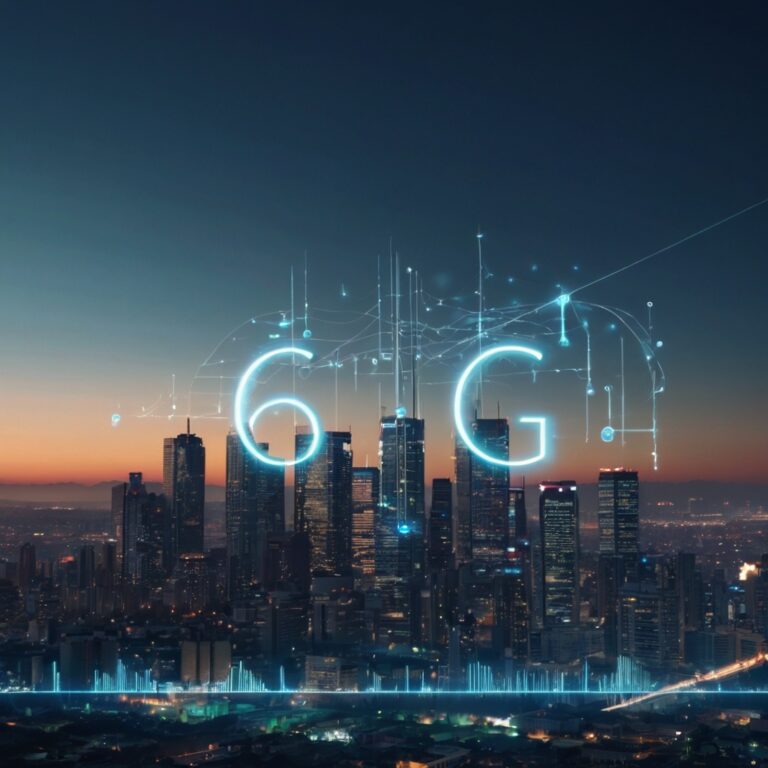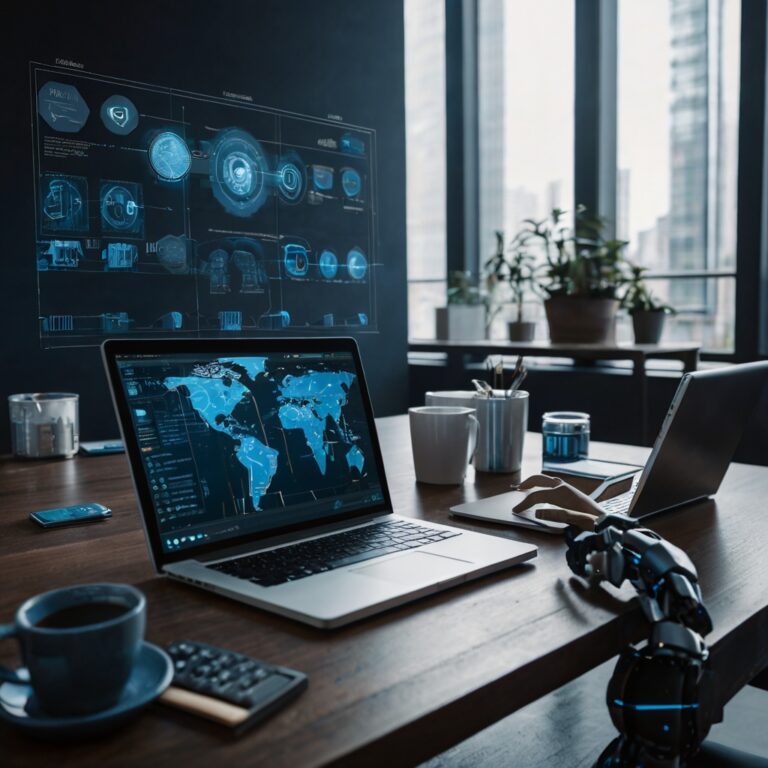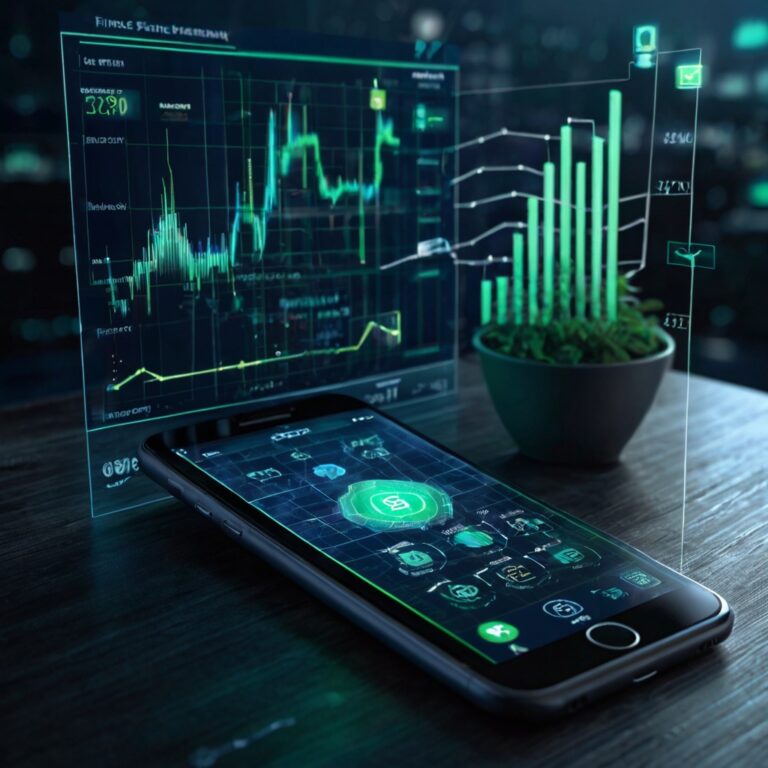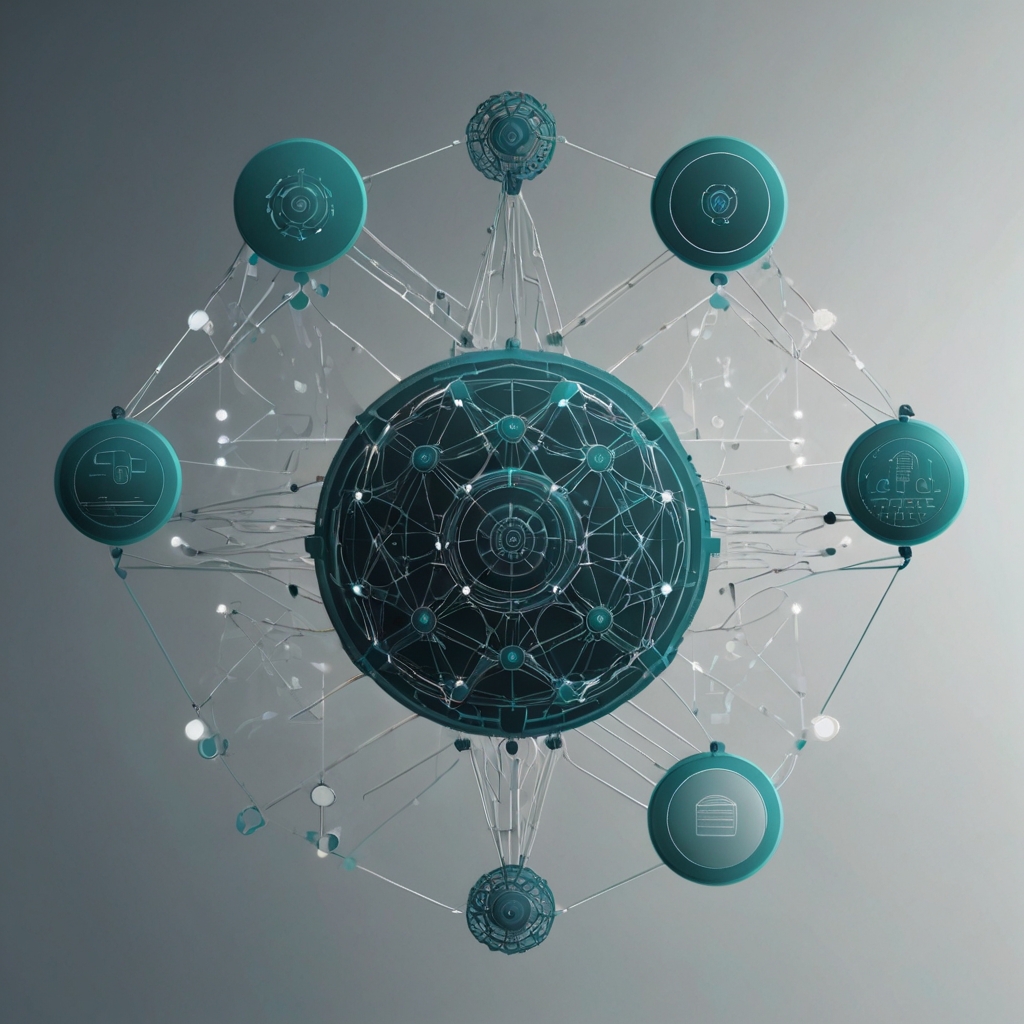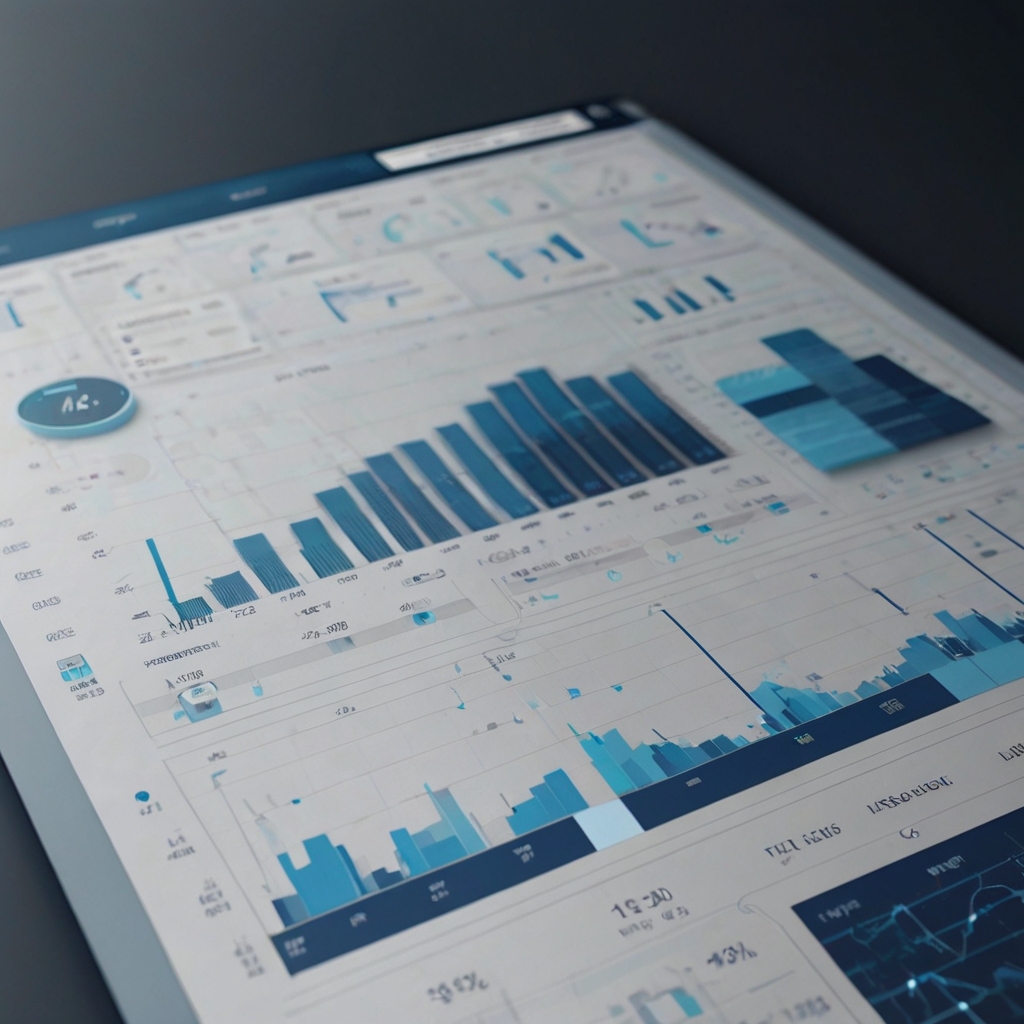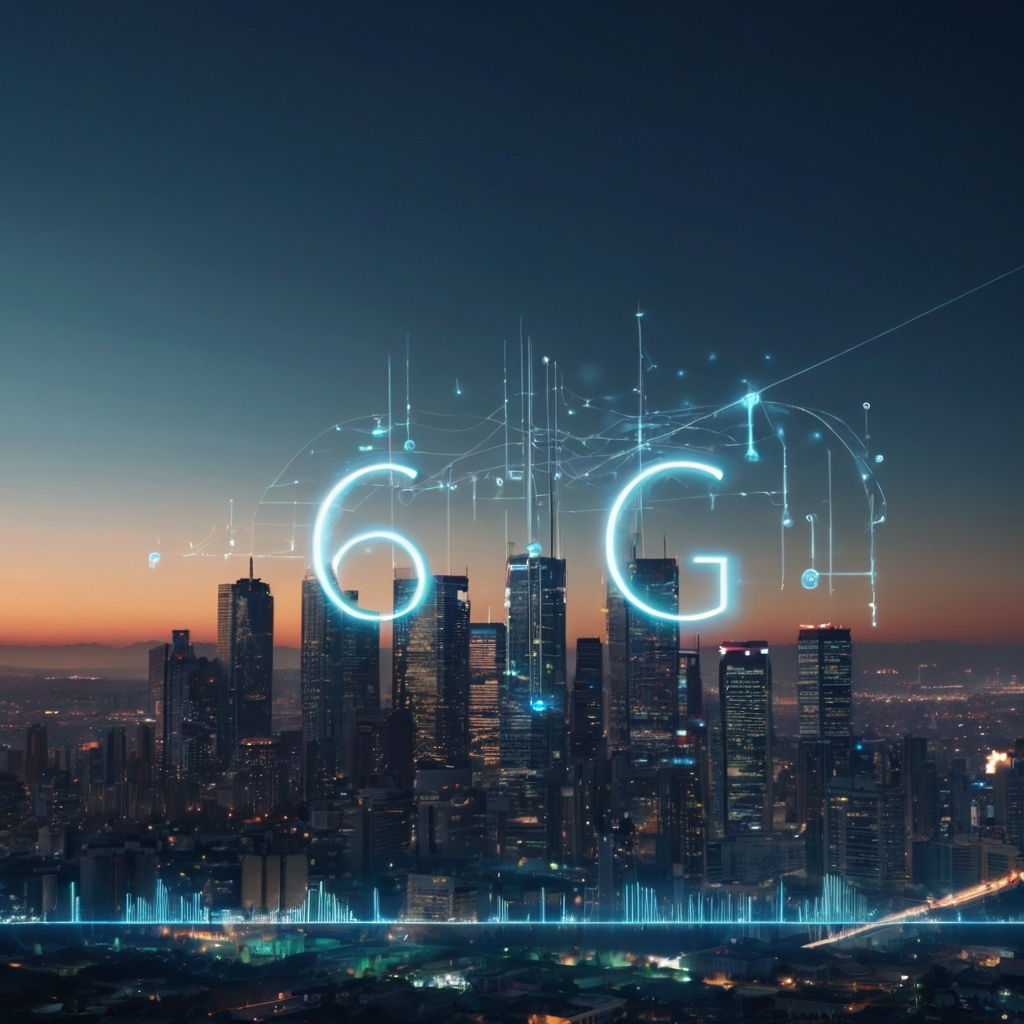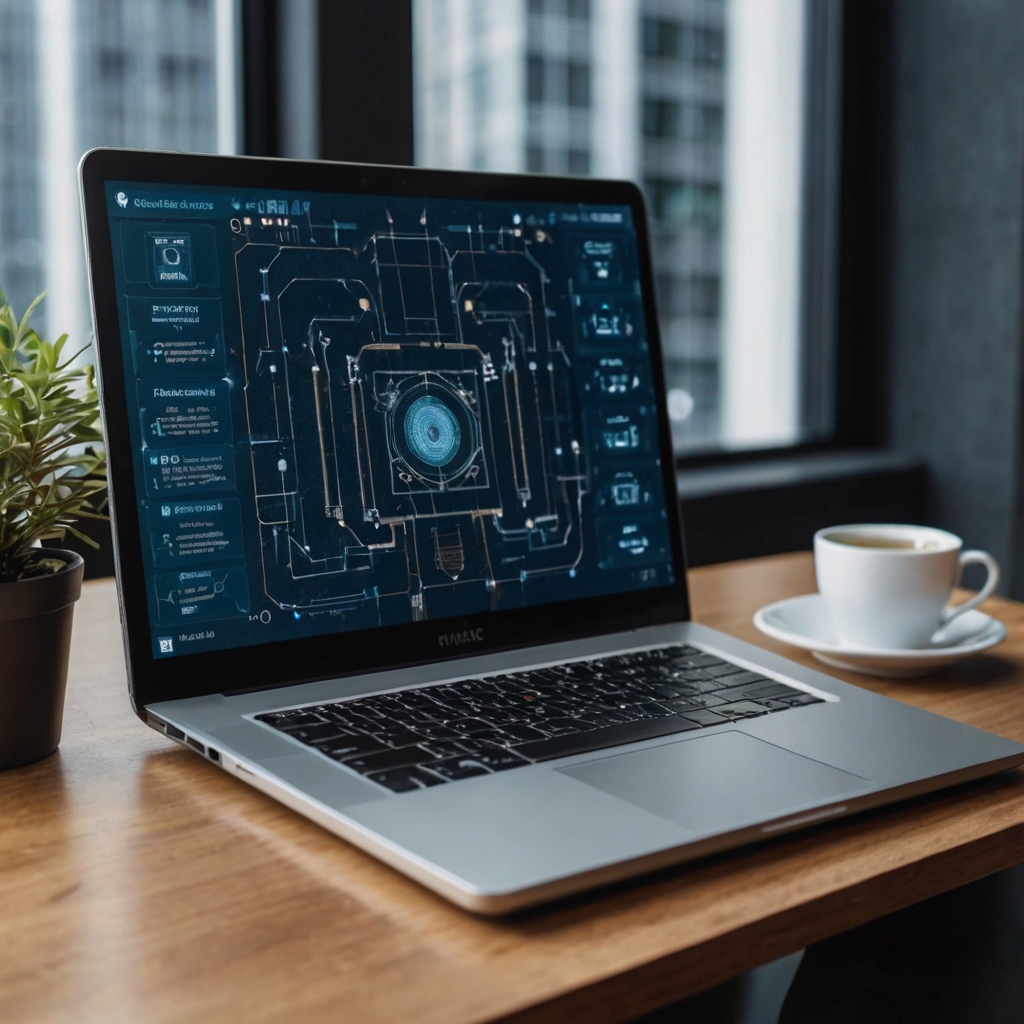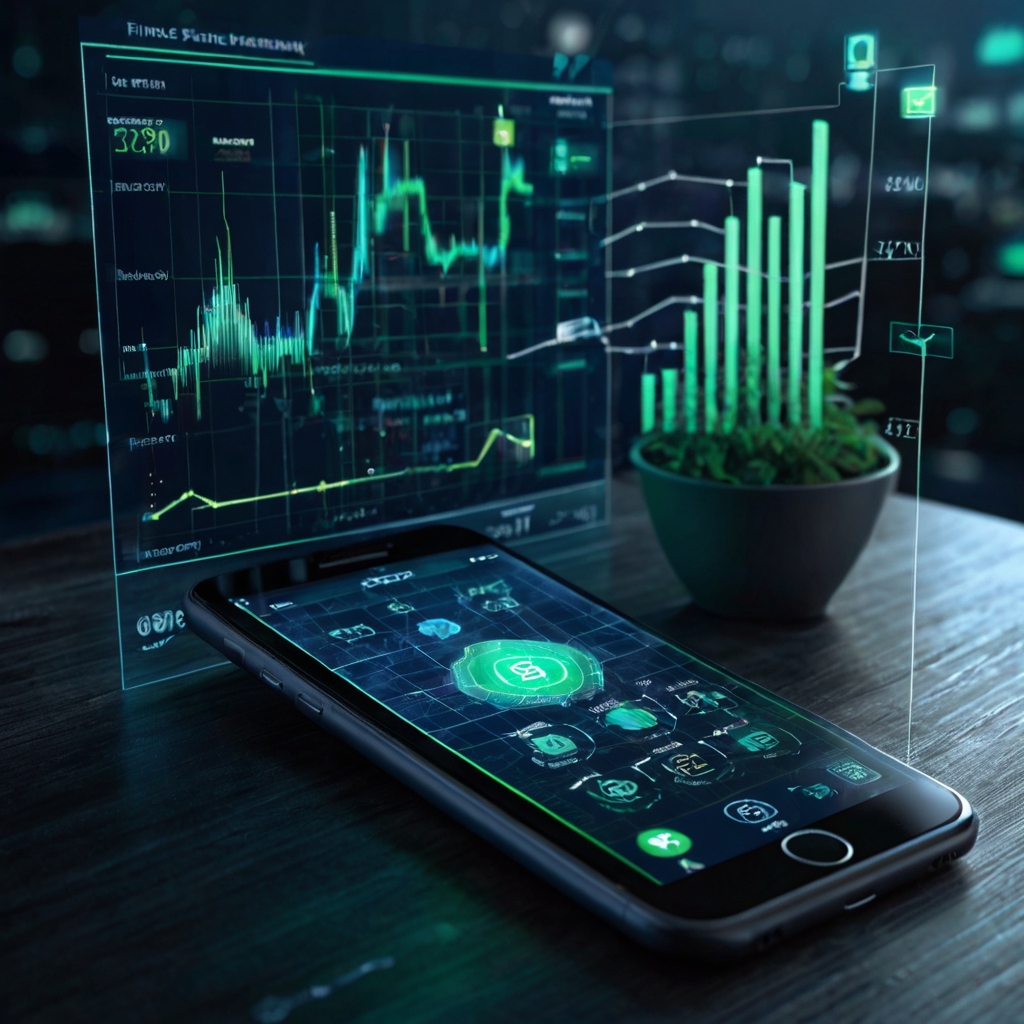What is Computer Vision in USA – Complete Guide to AI-Powered Vision Technology
What is computer vision in USA? At its core, computer vision is a branch of artificial intelligence that enables machines to interpret and understand visual information from the world around them. From facial recognition on smartphones to self-driving cars and medical imaging, computer vision is reshaping industries in the USA. By teaching computers to “see” and analyze images or videos just like humans, this technology is unlocking new opportunities in automation, healthcare, security, and retail. In today’s digital-first world, computer vision is more than a buzzword—it’s a powerful tool driving innovation across America.
Understanding Computer Vision in USA
Computer vision uses algorithms and machine learning models to process and analyze images or videos. Unlike simple image processing, computer vision aims to interpret and extract meaningful insights. For example, it can detect objects, recognize faces, identify medical anomalies, or analyze traffic patterns.
In the USA, computer vision is being widely adopted across industries, making it one of the fastest-growing fields in AI. With the rise of big data, faster processors, and cloud computing, businesses now have the resources to deploy computer vision at scale.
How Computer Vision Works
At a technical level, computer vision relies on deep learning, neural networks, and image recognition models. Here’s how it works step by step:
-
Image Acquisition: Capturing visual data through cameras or sensors.
-
Preprocessing: Enhancing image quality for analysis.
-
Feature Extraction: Identifying shapes, edges, or patterns in images.
-
Classification & Recognition: Using trained AI models to detect or recognize objects.
-
Decision Making: Generating outputs such as alerts, classifications, or automated actions.
This process allows machines to perform complex visual tasks that once required human intelligence.
Why Computer Vision Matters in USA
Computer vision matters because it solves real-world problems and enhances efficiency. In the USA, industries face challenges like rising healthcare demands, security threats, and labor shortages. Computer vision provides solutions by automating visual tasks and improving accuracy.
Some reasons it matters include:
-
Healthcare Innovation: Detecting diseases early through medical imaging.
-
Safety & Security: Strengthening surveillance with facial recognition and anomaly detection.
-
Retail Transformation: Enhancing customer experience with cashier-less stores.
-
Autonomous Mobility: Powering self-driving cars and drones.
By addressing these challenges, computer vision is shaping the future of business and society in the USA.
Applications of Computer Vision in USA
Computer vision has diverse applications across multiple sectors:
-
Healthcare: Cancer detection, X-ray analysis, and robotic surgeries.
-
Automotive: Driver assistance systems and fully autonomous vehicles.
-
Retail: Smart shelves, automated checkouts, and personalized recommendations.
-
Agriculture: Crop monitoring, pest detection, and yield optimization.
-
Security: Real-time video surveillance and fraud detection.
-
Manufacturing: Quality inspection and predictive maintenance.
These applications highlight how computer vision is more than technology—it’s a practical solution that makes life easier, safer, and more efficient.
Benefits of Computer Vision in USA
Businesses and individuals benefit significantly from computer vision technology:
-
Accuracy: Machines can detect patterns that humans might overlook.
-
Efficiency: Tasks like medical scans or security monitoring are completed faster.
-
Cost Savings: Reducing labor-intensive processes through automation.
-
Scalability: Handling large volumes of data effortlessly.
-
Innovation: Opening the door to new business models and services.
These benefits explain why computer vision adoption is surging in the USA.
Challenges of Computer Vision in USA
Despite its potential, computer vision comes with challenges:
-
Data Privacy: Concerns about facial recognition and personal information.
-
Bias in AI Models: Risk of inaccuracies if training data is flawed.
-
High Implementation Costs: Advanced systems can be expensive.
-
Ethical Questions: Debates over surveillance and automation replacing jobs.
Addressing these challenges requires strong policies, ethical AI frameworks, and transparent governance.
Computer Vision and the Future of Work
In the USA, computer vision is changing the workplace. While it automates repetitive tasks like inspections or monitoring, it also creates opportunities for higher-value roles in data analysis, AI engineering, and system management. Instead of replacing humans entirely, computer vision complements human intelligence by handling tasks that require speed, precision, and large-scale data analysis.
Computer Vision in the USA Economy
The economic impact of computer vision in the USA is significant. With AI investments on the rise, the computer vision market is projected to grow rapidly. Sectors like healthcare, automotive, retail, and defense are driving adoption. The USA’s leadership in AI research, combined with strong startup ecosystems, makes it a global hub for computer vision innovation.
Computer Vision vs Human Vision
Human vision relies on biological perception, experience, and context, while computer vision depends on algorithms and data. The key difference is scale—humans can process only so much information at once, but computer vision can analyze millions of images in seconds. However, humans still excel in creativity, abstract reasoning, and emotional understanding, making collaboration between human and machine vision the future.
The Future of Computer Vision in USA
The future of computer vision in the USA looks bright. With the integration of artificial intelligence, 5G, and edge computing, computer vision will become even more powerful. Smarter healthcare diagnostics, advanced self-driving systems, and AI-powered retail experiences are just the beginning. As industries embrace automation, computer vision will continue to be at the heart of innovation.
Final Thoughts
Understanding what is computer vision in USA gives us insight into how AI is transforming daily life, industries, and the economy. It’s not just about machines recognizing images—it’s about creating smarter, safer, and more efficient solutions for society. While challenges around ethics and privacy remain, the benefits of computer vision are undeniable. With continuous research and innovation, the USA will remain at the forefront of this AI revolution.


